Leica 3D camera
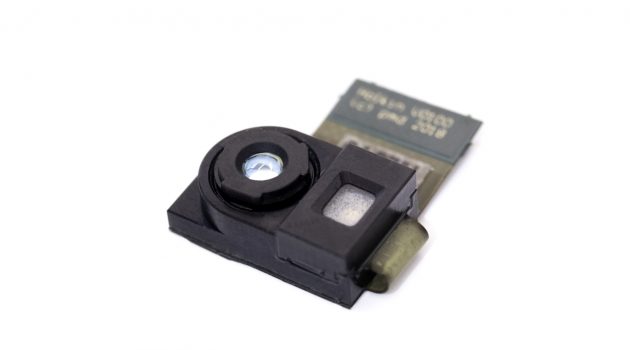
German magazine PROFIFOTO reports that LeicaCamera AG and pmdtechnologies ag are working on a strategic partnership to develop and market 3D mobile sensor camera solutions.
The "Holkin" module is a so-called depth sensor developed by both companies. Leica developed the latest IRS2771C 3D image sensor, which features 480 x 320 pixel HVGA resolution. It is the smallest, highest resolution 3D camera currently available on the market. The Leica lens has been optimized for 940 nm and designed specifically for the requirements of 3D depth sensor functions. It is intended for use with both back and front cameras of mobile phones. Applications such as face recognition for unlocking, image enhancement or enhanced reality (augmented reality) should be taken to the next level with the Holkin module.
Sigma L-Mount Lenses
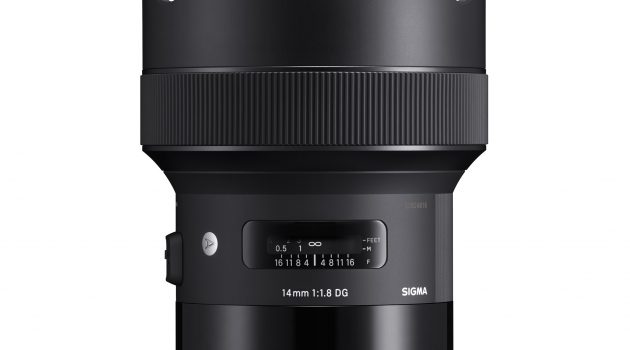
Sigma announces a total of eleven L-mount lenses, with focal lengths ranging from 14mm to 135mm.
Sigma's L-mount lenses are fully compatible with the AF-C mode, internal image stabilization, and aberration correction of Leica cameras, which automatically detect the focal length of each lens and thus optimize image stabilization performance. Thanks to a surface treatment of the brass bayonet, it offers a precise fit and resilience. The connection has a rubber seal for dust and splash protection. All Sigma L-mount lenses are suitable for connection replacement service.
It is planned to introduce the following Sigma L-mount type lenses: Sigma 14mm F1.8 DG HSM, 20mm F1.4 DG HSM, 24mm F1.4 DG HSM, 35mm F1.4 DG HSM, 40mm F1.4 DG HSM, 50mm F1 .4 DG HSM, 70mm F2.8 DG MACRO, 85mm F1.4 DG HSM, 105mm F1.4 DG HSM and 135mm F1.8 DG HSM.
Sigma L-Mount Converter
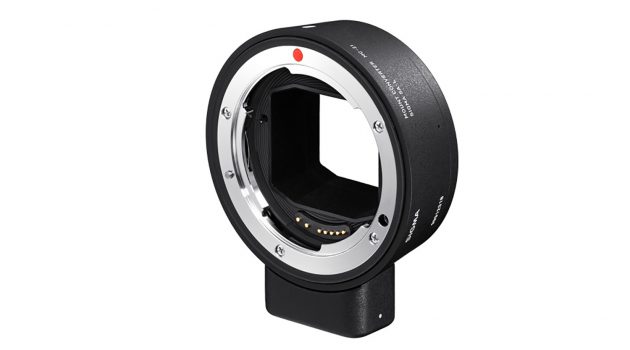
With the Sigma Mount Converter MC-21, owners of Sigma interchangeable lenses with SA connection or Sigma interchangeable lenses with EF connection can use their lenses on L-mount camera housings.
Thanks to the compatibility with the Auto Crop function, the DC lenses designed for the APS-C format can also be used on a camera housing with a 35mm full-frame sensor. The built-in converter LED display immediately indicates whether the mounted lens is compatible or not. Likewise, the LED indicates whether a lens firmware update is available.
Autofocus and aperture controls are optimized. In addition, the MC-21 also supports camera correction functions such as vignetting, lateral chromatic aberration and distortion.
The converter is equipped with a socket for attachment to a tripod. Information such as lens type, focal length, aperture value and other characteristics are integrated into the Exif data of the image files.
Hahnemühle is 435 years old
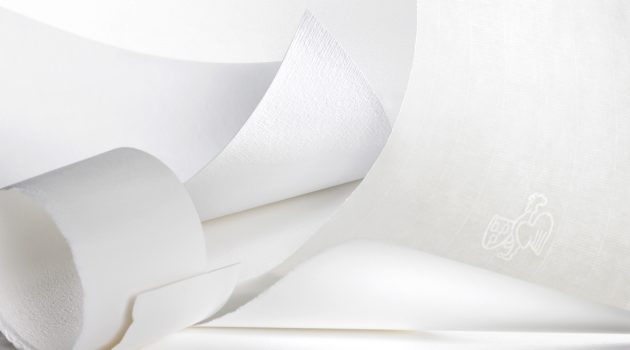
One of the best makers of photographic papers for digital printing is the company of Hahnemühle. Thanks to a document that has been preserved for centuries, it is still certain today: On February 27, 1584, the Duke of Brunswick allowed the operation of a paper mill in Relliehausen, Germany. At the time, it was mainly law firm papers that were in demand for documents of all kinds. Even then the company must have had a special knack for the quality and needs of the market. Otherwise, it is hard to explain that this manufacturer survived all the other paper mills nearby that had been founded after it.
In 1886, Carl Hahne became the new owner of the company. He expanded the range of products to high-quality artist papers.
Recent developments in the company's history include the development of the finest artists' papers for inkjet printing in the late 1990s. These papers, known as "Digital FineArt Collection", allow perfect prints of photos or reproductions on papers with unique durability and feel. The demand for these papers has multiplied over the past 20 years and Hahnemühle is still the world market leader in the fine art inkjet paper segment.























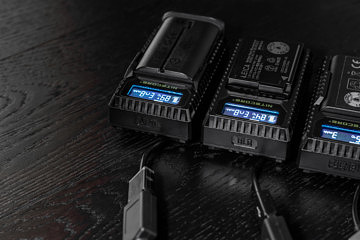
0 nhận xét:
Đăng nhận xét